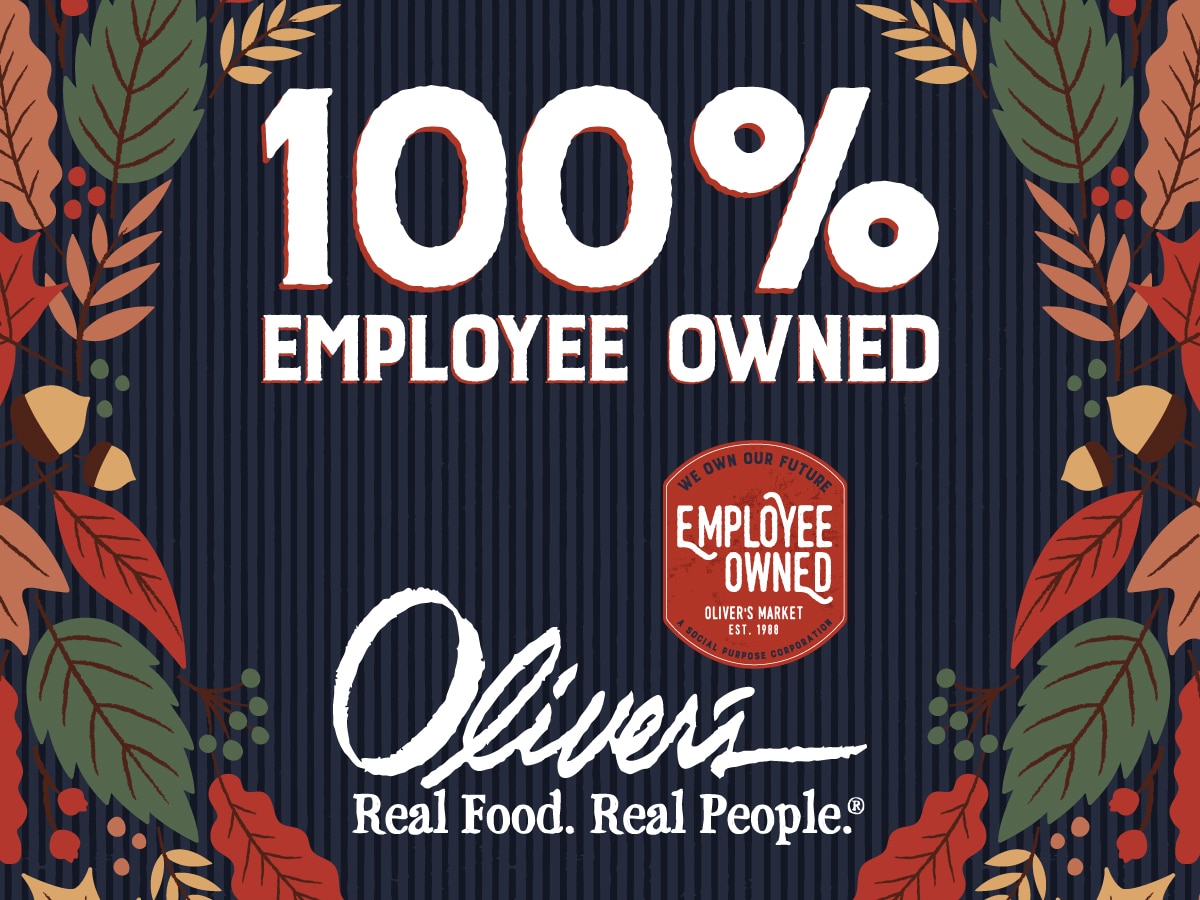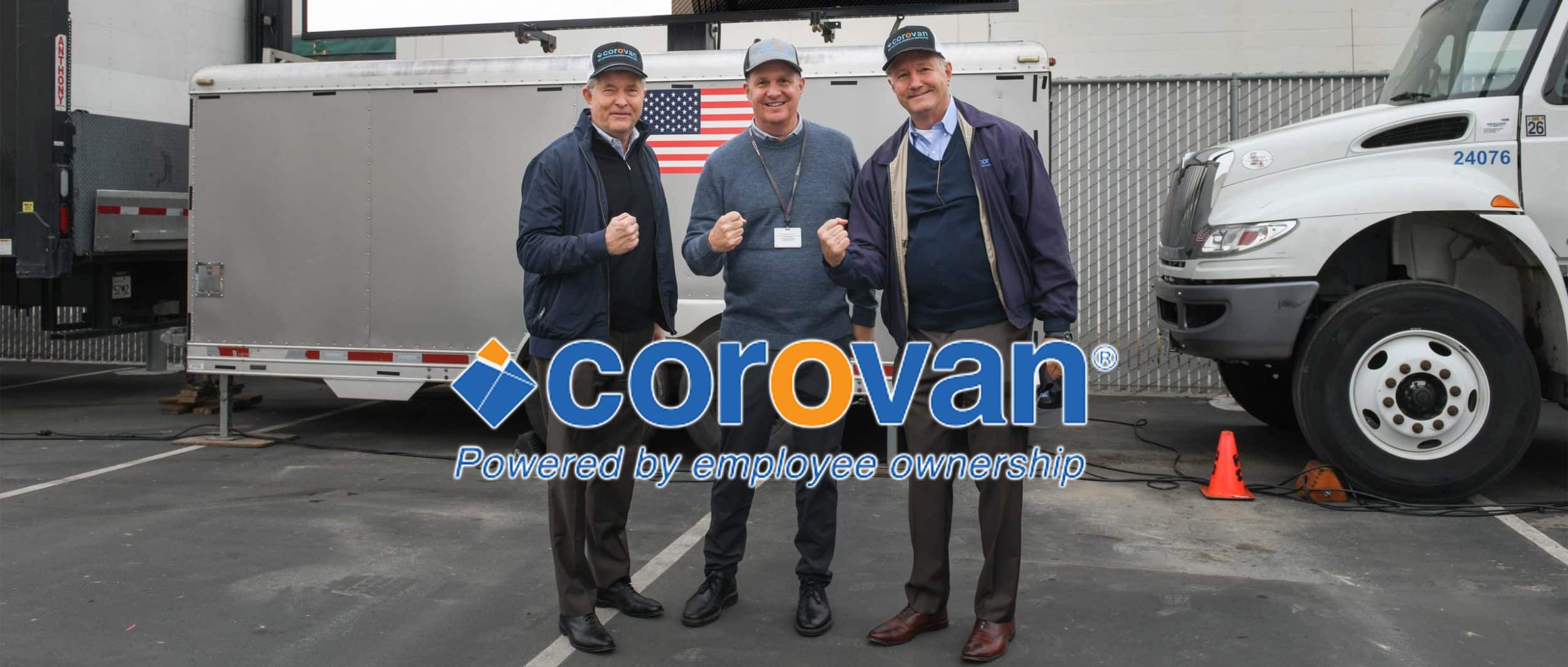During the past two quarters many businesses have downsized their operations and have implemented reductions-in-force, yet they are still faced with negative cash flows.
Fortunately, there is a perfect solution to the negative cash flow problem that many businesses will experience for the rest of this year and most of next year.

That solution utilizes a well-known tool that has been part of the tax code for over 35 years. It is a tool that is relatively inexpensive to implement and does not require the use of outside lenders or expensive factoring companies.
The solution is to implement a Salary Reduction Employee Stock Ownership Plan (“SR ESOP”).
An SR ESOP is implemented in two steps. The first step is to institute an immediate, mandatory across-the-board salary reduction in any amount up to 25% of annual wages.
The second step is to adopt an IRS-qualified Employee Stock Ownership Plan (“ESOP”) and announce to your employees that so long as the salary reduction remains in force, the company will contribute newly-issued shares of company stock to the ESOP having a value equal to the amount of the salary reduction.
Here is an example of how this would work. Suppose that your company’s annual wages are $5 million. An immediate 20% salary reduction would result in a cash flow savings of $1 million per annum. However, an immediate salary reduction will result in increasing the company’s taxable income by $1 million, and may result in many of your employees leaving the company.
In step two, however, the salary reduction is offset by the contribution of company stock to the ESOP so that each employee receives stock equal to the amount of his or her wage reduction, and the company still has a total tax deduction for salaries and benefits of $5 million.
The result is similar to an IPO. In fact, you might think of it as an internal IPO. The company issues $1 million worth of company stock to its ESOP in exchange for $1 million of cash that would otherwise be spent on salaries.
However, in many ways an SR ESOP is much better than an IPO. First of all, unlike an IPO, there are no registration or disclosure requirements. Second, the shares are held in a tax-exempt trust, so there are no additional individual shareholders. Third, except for certain special issues, all voting rights are exercised by the trustees of the trust. Since the trustees are usually corporate officers, the employees do not have any voting rights, except for certain special issues.
QUESTIONS AND ANSWERS
Question: Is this expensive to implement?
Answer: No. The typical cost to install an SR ESOP ranges from $25,000 to $35,000. There is an additional fee that ranges from $8,000 to $15,000 to obtain an appraisal of the fair market value of the company’s stock, but that fee would be typically be paid after the end of the company’s fiscal year.
Question: Does the amount of the annual contribution of company stock to the ESOP have to be exactly the same amount as the salary reduction?
Answer: No. The amount of the annual salary reduction could be more than or less than the amount of the annual contribution of company stock to the ESOP. If, for example, the value of the company stock that is contributed to the ESOP is less than the amount of the salary reduction, then the cash flow savings to the company is less, assuming that the company is still in a tax paying position.
Question: How does the contribution of shares of company stock to the ESOP save taxes?
Answer: In the case of an S corporation or an LLC, the tax deduction for the contribution to the ESOP will reduce the company’s taxable earnings, thus reducing the amount of taxable earnings that are imputed to the company’s shareholders. In the case of a C corporation, the tax deduction for the contribution will reduce the company’s own taxable earnings, and thus reducing the company’s tax liabilities.
If the contribution results in creating a net loss for the year, or results in increasing the loss that the company would otherwise have reported, these losses can be carried back to the prior two fiscal years resulting in a tax refund of any taxes paid in the two prior years.
Question: What is the maximum amount that can be contributed to an ESOP?
Answer: The maximum amount that can be contributed to an ESOP is 25% of “eligible payroll”. Eligible payroll is usually defined as the total wages of all employees who have completed 1,000 hours of service during the fiscal year.
Question: Won’t the issuance of new shares of company stock dilute the value of my remaining shares?
Answer: No. As mentioned above, if your company issues $1 million worth of company stock to its ESOP in exchange for $1 million of cash that would otherwise have been spent on salaries, the company will in effect have sold $1 million worth of company stock at fair market value. The result is similar to an IPO. There are more shares outstanding after the transaction, but the value of the company will be higher as a result of the reduced payroll expense and the increased profitability and cash flow.
Question: If the business is losing money, won’t the value of the company stock that is contributed to the ESOP be greatly reduced from what it is truly worth in the long run?
Answer: There are several reasons why the valuation of the company stock may not be greatly reduced.
First, the salary reduction will itself instantly make your company more profitable. In the example described above, for example, the company’s cash flow will immediately increase by $1 million per annum.
Second, most appraisals use at least three different methods of valuation. One method is based on historical earnings, which are probably higher than current or projected earnings. The other two methods are based upon the present value of projected earnings and upon the present value of projected cash flows over the next ten years. Under these methods, even if the projected earnings and the projected cash flows are lower over the next two years, the overall value will not be greatly reduced if the earnings and cash flows return to normal over the following eight years.
Third, for businesses that are not service-based businesses, book value becomes a valuation floor value, even if the operating earnings would result in a lower valuation over the next year or two.
Fourth, assuming that the company is a regular C corporation (or terminates its S election if it is currently an S corporation), the company can create a class of preferred stock, and this preferred stock can be used to fund the ESOP. Assuming that the preferred stock pays an annual dividend that is comparable to current market rates of say 4% per annum, the preferred stock will be valued at face value.
Question: What if my company is not losing money but is still profitable and growing? Does an SR ESOP still make sense in that situation?
Answer: No, but a Market Making ESOP (“MM ESOP”) does make sense. The great majority of ESOPs are designed, not as a way to create cash flow for the business, but as a way for the shareholders to take money out of the business without paying ordinary income taxes. In the typical case, an MM ESOP is funded out of the profits of the business. The annual contribution to the ESOP is a tax-deductible expense, which serves to reduce the amount of taxes paid by the business (or passed through to the shareholders in the case of S corporations or LLCs).
These contributions are then used to purchase shares of company stock from existing shareholders, which the shareholders can receive either tax-free or at capital gains rates, depending upon how the deal is structured.
As in the case of an SR ESOP, an MM ESOP can be funded without the use of an outside lender by using seller notes. On the other hand, an outside lender can be used if the shareholders want all of their cash up front rather than in the form of a seller note.
Given that the state of world economic conditions over the next several years is uncertain, many shareholders of privately-held businesses are opting to increase their personal liquidity in case business conditions continue to deteriorate rather than improve.
Question: How large does a company need to be in order to implement an ESOP?
Answer: Generally, the tax and financial advantages provided by an ESOP are directly related to the size of a company’s payroll. Accordingly, ESOPs work best in those companies that have 25 or more employees.
More Information
If you are interested in learning more about how a CF ESOP can be used to increase your company’s cash flow, how an MM ESOP can be used to generate personal liquidity for you and your shareholders, or how an EI ESOP can be used to increase employee incentives and productivity, please feel free to fill out our Free Preliminary Analysis or Contact Us at any of the following numbers:
San Francisco
Jeanie Kluga
800.347.8357
jkluga@menke.com
Los Angeles
Mark Bowers
800.274.2001
mark.bowers@bsiesop.com
Chesapeake City, MD
Phil DeDominicis
410.885.2782
pdedominicis@menke.com
ESOP Articles Available on Our Web Site
- ESOPs Pros and Cons
- ESOPs & Employee Productivity
- ESOP: A New Tax-Savings Tool for Owners of S Corporations
- ESOPs vs. Profit Sharing Plans
- ESOPs: Uses, Advantages & Illustrative Case Histories
- ESOP Myths and Misconceptions
- Exit Strategies — as published in the January, 2006 issue of Electrical Wholesaling
On-Demand Webinars Available on Our Web Site
- “The ABCs of ESOPs”
- “Equity Compensation Alternatives for ESOP Companies”
- Webinar with Jack Stack
- ESOPs for Automobile Dealers
- ESOPs for Architects & Engineers
- ESOPs for Banks & Thrifts
- Options and Alternatives for Structuring ESOP Transaction
- “ESOPs for Construction Firms, Contractors and Subcontractors”
- “ESOPs for Insurance Agencies”
- “ESOPs for Government Contractors”
- “ESOPs for Wholesalers & Distributors”







